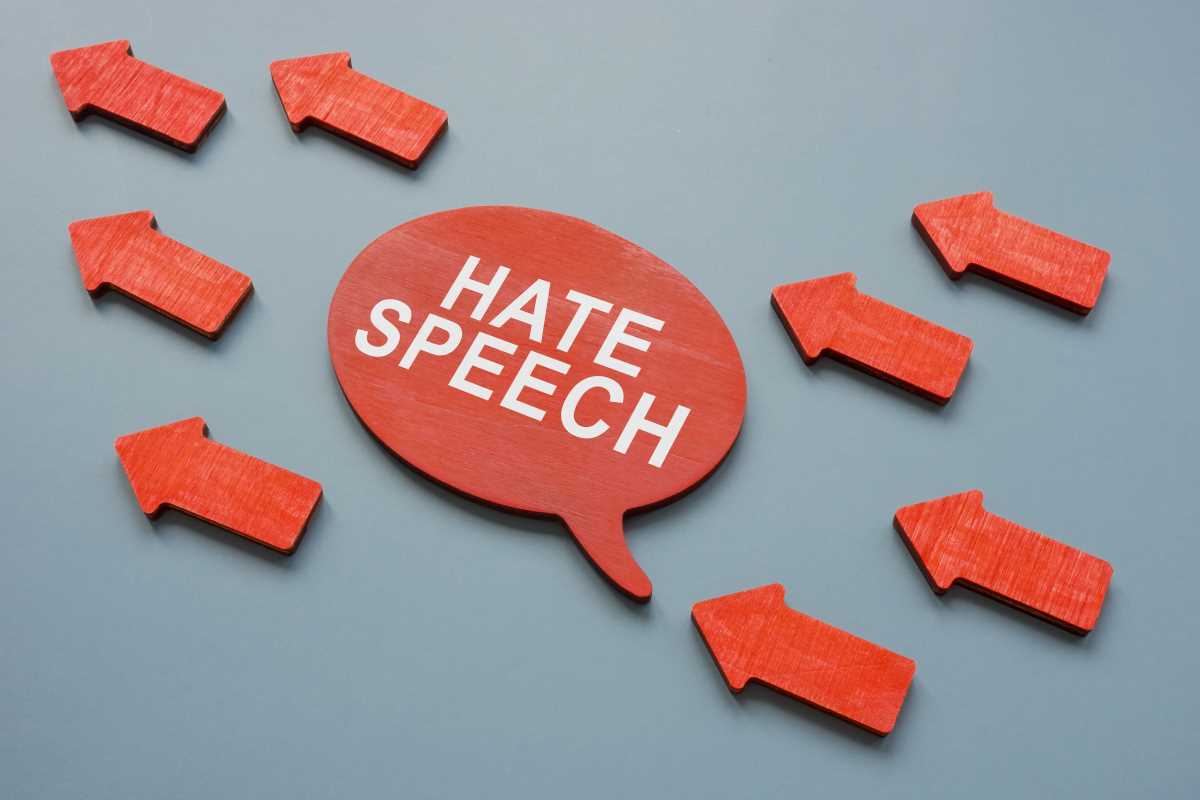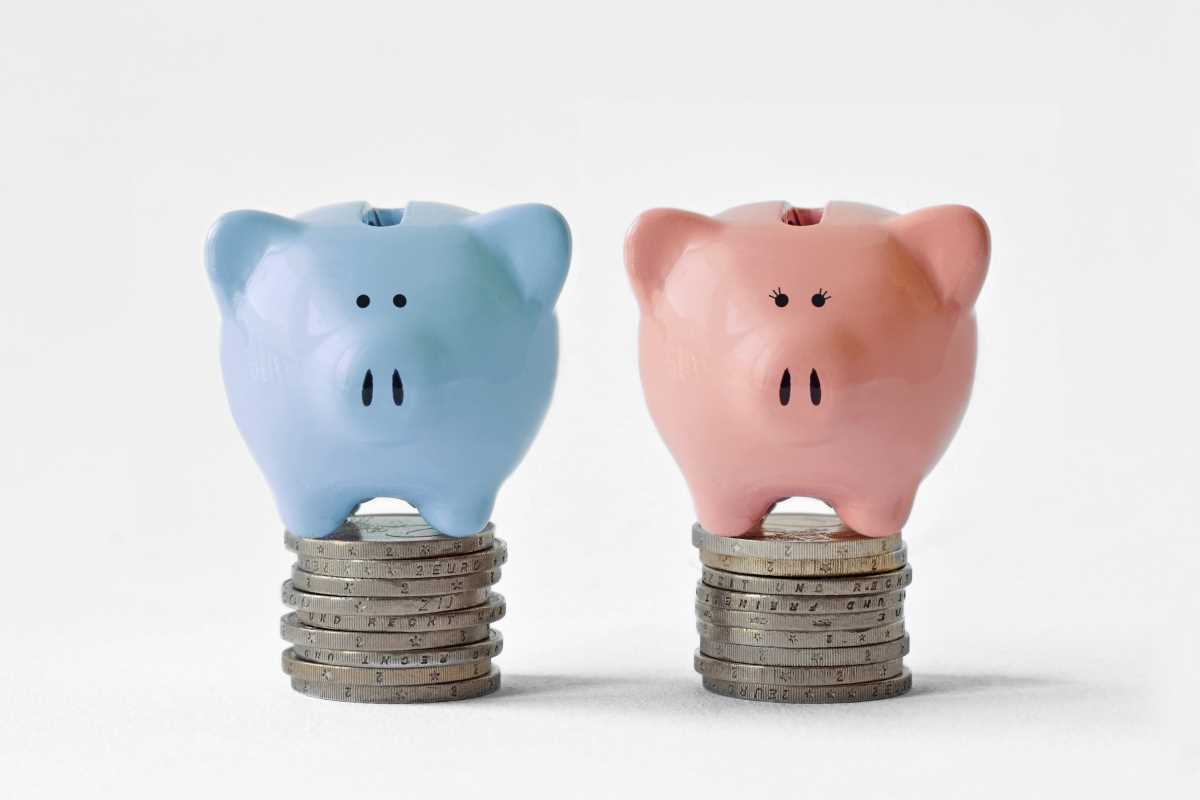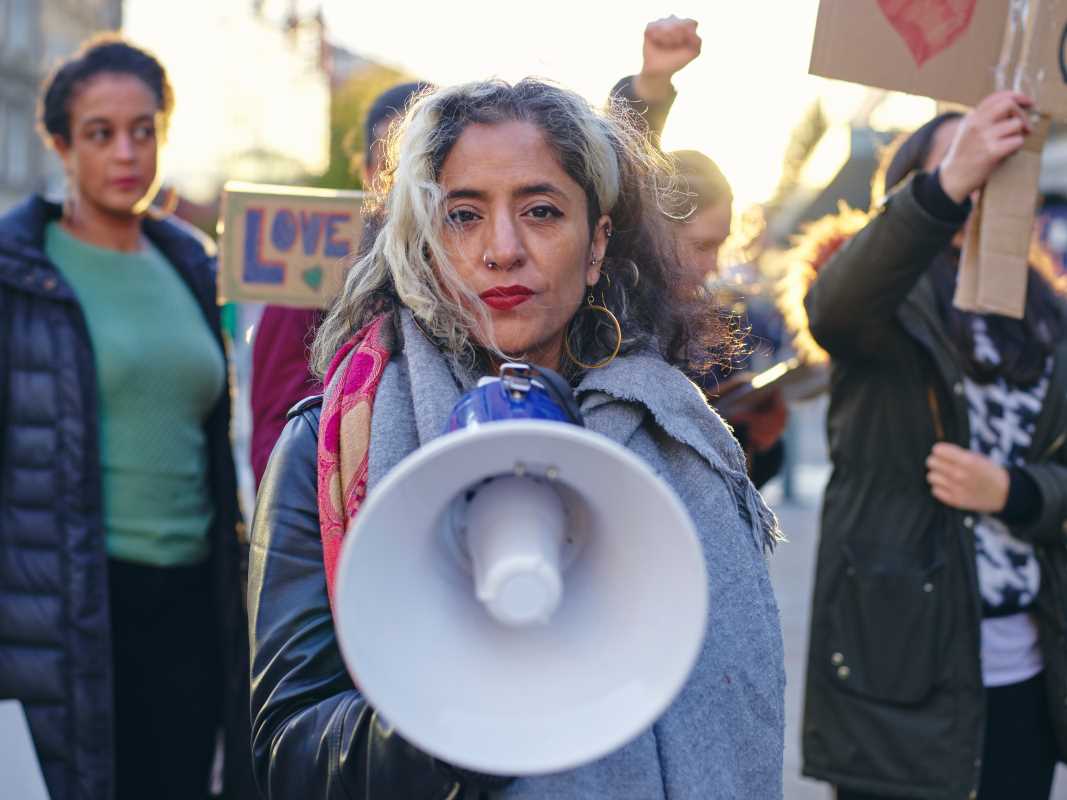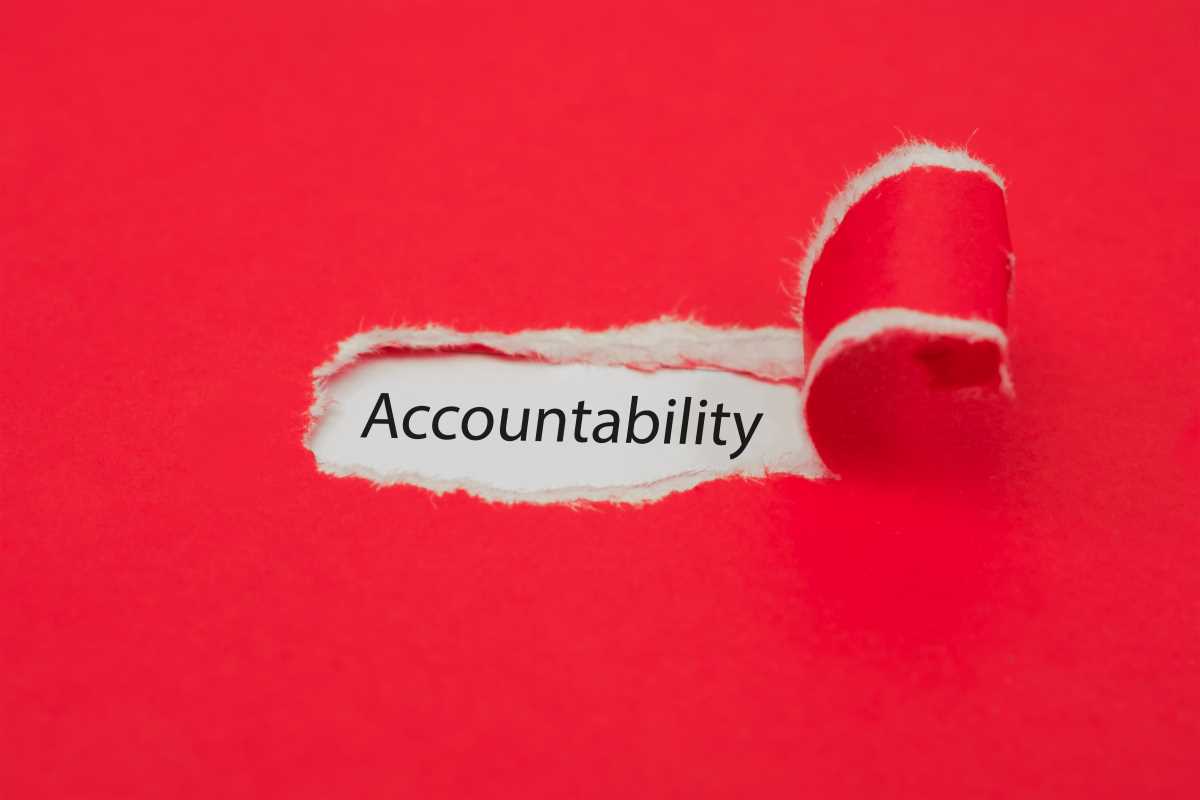The internet feels like a battlefield sometimes. Arguments pop up on everything from politics to pop culture, and the debate about what we can and can’t say online often takes center stage. On one side, people argue that free speech is a fundamental right and should never be silenced. On the other, some say certain speech crosses a line when it’s hateful, harmful, or violent. This tug-of-war has become one of the defining issues of modern online culture wars, sparking heated discussions about rights, responsibilities, and where to draw the line. But what exactly are free speech and hate speech, and why is it so hard to separate the two?
Understanding this debate is crucial for making sense of the digital world we live in. To do so, we’ll break it down into manageable pieces and look at the clash between protecting free expression and maintaining a respectful, safe environment online.
What Is Free Speech?
Free speech is the ability to express your opinions without fear of punishment or censorship. It’s a right protected in many countries, like the First Amendment in the United States Constitution, which guarantees freedom of speech to its citizens. This right allows people to discuss politics, challenge authority, share art, and voice their frustrations. It’s what lets you post videos, comment on social media, or even criticize your government openly.
However, free speech doesn’t mean you can say anything without consequences. For example, there are limits, even in free societies. You can’t lie under oath (that’s perjury) or yell "fire" in a crowded theater when there isn’t one because it could cause harm. These restrictions exist to prevent chaos or danger while still protecting most forms of expression.
What About Hate Speech?
Hate speech is a bit trickier to define. Essentially, it’s language that targets someone or a group based on characteristics like race, religion, gender, sexuality, or disability. It’s often used to demean, insult, or threaten, and it can spread harmful stereotypes or inspire violence.
But here’s where it gets complicated. Every country has its own rules about what counts as hate speech. For example, some European nations ban speech that incites hatred or denies historical events like the Holocaust. Meanwhile, in the U.S., the laws are a lot looser, allowing more speech to go unchecked under the banner of free expression.
This lack of a universal definition creates confusion, especially online, where people from all over the world communicate in the same spaces. What one person sees as free speech, another might call hate speech.
Why Is This Debate Exploding Online?
The internet has given everyone a megaphone. Platforms like Twitter, YouTube, and Instagram make it easy to share ideas, opinions, and even rants with millions of people instantly. But this freedom also means hateful ideas can spread just as quickly as kind or positive ones.
Here’s why the debate gets so intense online:
Anonymity
On the internet, many people feel bolder because they can hide behind fake usernames or anonymous accounts. This leads to some saying things they’d likely never say in person, including hateful comments.
Global Reach
Anything shared online can go viral, reaching audiences worldwide in a matter of hours. A hateful tweet or controversial video can snowball, leading to both outrage and support.
Content Moderation
Social media companies often step in to delete or ban harmful content. But where do they draw the line? Critics argue that these companies sometimes censor too much, labeling it as a violation of free speech, while others say they allow toxic content to remain unchecked.
Political Polarization
The internet is full of echo chambers where people only see opinions matching their own. This increases divisions and escalates arguments, with users often viewing opposing ideas as attacks.
Free Speech or Harmful Speech? Why It’s Hard to Draw the Line
One of the biggest challenges in this debate is figuring out where to draw the line between speech that’s protected and speech that’s harmful. What makes this so tricky?
- Context Matters: A joke shared between friends might seem harmless but could offend someone else online. Without knowing the tone, intention, or audience, it’s easy for speech to be misinterpreted.
- Cultural Differences: What one culture finds offensive, another might not. A comment that would be considered hateful in one country might fall within the boundaries of free expression elsewhere.
- Evolving Norms: Our understanding of what’s acceptable changes over time. Words and phrases that were once common may now be seen as outdated or offensive. This constant evolution makes it difficult to set clear boundaries.
- Inconsistent Platform Rules: Social media platforms each have their own content rules, often enforced unevenly. A post flagged on one site might stay up on another. This lack of consistency frustrates both sides of the debate.
Arguments for Protecting Free Speech
Supporters of free speech argue that it’s a fundamental right and censorship is a slippery slope. If people start policing what can and can’t be said online, where does it stop? Here are a few key points often made:
Encouraging Open Conversations
Free speech allows people to challenge authorities, debate ideas, and bring issues to light. Without it, progress on social or political issues might be stifled.
Subjectivity of Offense
What offends one person might not offend another. By limiting speech based on who feels hurt, we risk silencing too many perspectives.
Empowering the Minority
Historically, free speech has allowed marginalized groups to push back against power. For example, civil rights movements often relied on the ability to speak out against injustice.
Arguments Against Allowing All Speech
On the flip side, many argue that free speech shouldn’t protect harmful or hateful words, especially when they create an unsafe environment. Here’s why:
Preventing Harm
Hateful rhetoric can lead to real-world violence, bullying, or psychological harm. Limiting such speech helps protect vulnerable groups from being targeted.
Fostering Inclusivity
When toxic comments dominate online spaces, they can drive people away, creating an unhealthy or hostile digital environment.
Accountability Matters
While free speech allows expression, it doesn’t shield people from criticism or consequences. If someone says something harmful, they shouldn’t be surprised when others push back or call them out.
Can We Strike a Balance?
Finding a middle ground between free speech and hate speech is one of the biggest challenges of our digital age. Some steps could help:
Clearer Regulations
Governments and platforms might benefit from setting clearer rules about what’s allowed and what isn’t, helping to avoid confusion.
Better Moderation Tech
AI and human moderators can be trained to better recognize and remove hateful content while understanding context. However, this isn’t foolproof and needs continuous improvement.
Education on Digital Etiquette
- Teaching people to engage respectfully online could reduce conflicts. If people focus on debating ideas rather than attacking individuals, online spaces might feel safer.
 (Image via
(Image via





